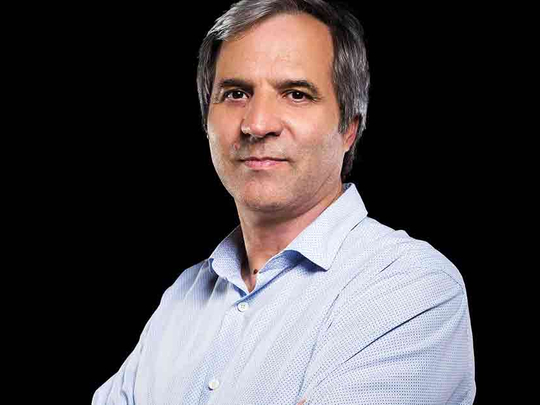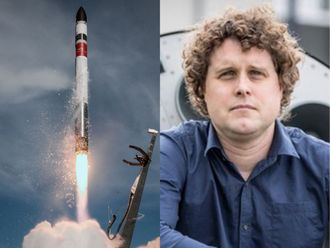
What are the recent IT trends affecting the publishing industry?
There are many trends that affect the publishing industry. One of them is social media and the second trend is the enablement of tar cloud technology, which enables people in the market or industry to mimic the publishing industry.
We (publishers) enable and utilise the functions of social media, thereby allowing others to digest our content and in turn broadcast out their version. Thus fake news is born.
The biggest problem I think has got to do with regulation — there is no regulation in place to stop people being a publisher by themselves, so technology as a trend in IT enables lots of people to be in the publishing sector.
Gulf News has been victim to online hacking in the past. With traffic to the portal growing every day, how prepared is the organisation in handling threats online?
As an organisation, we are well prepared for meeting online threats. Besides hacking, there’s a bigger attack that we get, which is known as DDOS — distributed denial of service. Let’s put it this way: It’s more or less like a three-lane highway on Shaikh Zayed Road. You’ve got traffic going through the three lanes and then all of a sudden those three lanes become multiplied by 50 lanes and you’ve got all these cars trying to fit in on three lanes.
We are able to mitigate and offload that DDOS traffic to somewhere else. That is one of the biggest threats we face. With regard to other hacking technologies, as soon as we get attacked or an attempt we tend to collect all the information and share it with local authorities.
We follow up with them and where possible collate information for lawsuits.
IT has played a critical role in the development of the new Gulf News website. Please elaborate.
Yes, IT has played a huge part in building the new website. Having said that, it is a collaboration with the digital team within the organisation as well.
Our physics band with the digital team is done. The digital team handles the aspect of the look and feel of the website along with its functionality design.
We in IT have enabled that functionality, from the grass roots levels.
Based on the requirements, we design and build the architecture — the infrastructure.
Once the infrastructure environment has been established we then develop the site via coding thereby enabling the functionality. That is what IT has done, so in the end we’ll have a full-fledged website.
How do you see the role of IT evolving in the next decade as the publishing and media industry transitions from print to digital?
Interesting question. I’d say we are already on the road in the transition to digital. Without a doubt, we have been the first industry to have been impacted by the disruption from print to digital. A decade I think is way too long to plan – technology will definitely adjust within every year or so. One needs to be more agile.
So from an IT perspective, what we need to do is be agile, quick to the market and we need to know what trends are out there and what enables us to move to a new business model, we need to run and innovate, innovate and innovate and provide services to the end users, our clients and customers.
How has cloud computing changed your department’s work?
To be honest, cloud computing has not changed our work as much. We’ve been using cloud computing for some time now with regard to digitalisation. I think when you make reference to the cloud, you are referring to companies such as Amazon Web Services and Microsoft Azure. Both these hosting environments provide infrastructure as a service.
I believe that one needs to be hybrid, by using both on premise and cloud. A major difference between on premise and cloud is down to a financial aspect: capex vs opex. In the cloud arena, we tend to be more opex-oriented, pay for what one uses. But the principle remains the same: one still needs to harden the machines (security), one still has to deploy the machines, instal the correct operating system — that skillset remains the same. The difference is that the so-called hypervisors or cloud technology.
One of the big differences is micro services versus monolith applications. This will require teams to adapt by learning new skills in order to maximise the cloud offerings.












